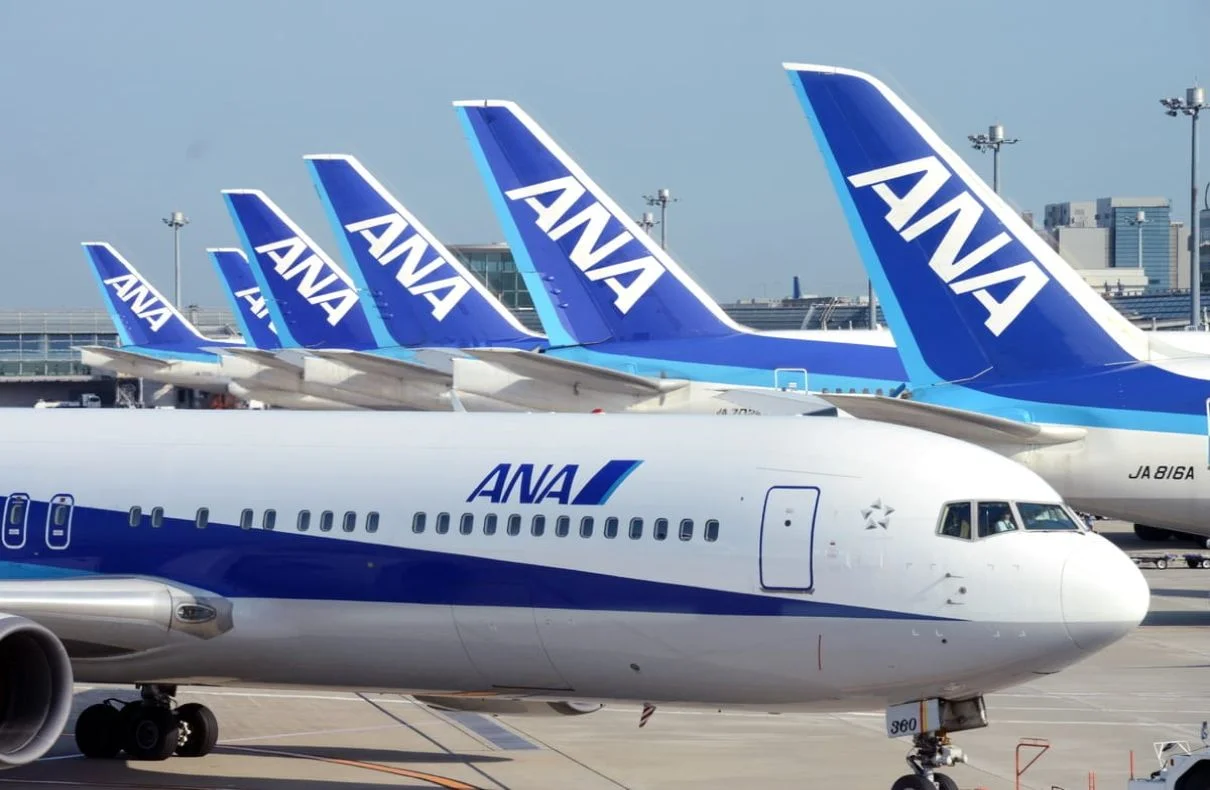
In a recent incident, an All Nippon Airways (ANA) domestic flight had to reverse its course and land back at the departure airport after a crack was discovered on the cockpit window of the Boeing 737-800 aircraft.
ANA Flight 1182, en route to Toyama airport, took off from Sapporo-New Chitose airport but had to turn back after the crack was found on the outermost layer of the cockpit window. The crack, although concerning, did not affect the flight’s control or pressurization, according to an ANA spokesperson. The safety of the 59 passengers and six crew members was not compromised, and there were no reported injuries.
It is important to note that the aircraft involved in this incident was not one of Boeing’s 737 MAX 9 airplanes, which have recently faced scrutiny due to safety issues. The 737 MAX 9 planes made headlines when a cabin panel broke off a new Alaska Airlines jet mid-air. As a result, the Federal Aviation Administration (FAA) grounded all 737 MAX 9 planes pending safety reviews and extended the grounding indefinitely for further inspection and maintenance.
Police Arrested Man Who Kidnap Ohio Teen
The ANA spokesperson assured that the crack on the cockpit window did not pose a threat to the flight’s control or pressurization. However, the incident highlights the importance of rigorous safety measures and inspections to ensure the well-being of passengers and crew. The FAA, in collaboration with Boeing, is working diligently to prevent similar incidents in the future. FAA Administrator Mike Whitaker emphasized that the safety of American travelers is their top priority, and the Boeing 737-9 MAX will not be allowed to return to the skies until it is deemed completely safe.
National Transportation Safety Board Chairman Jennifer Homendy emphasized the potential catastrophic consequences if such an incident had occurred at a higher altitude. At cruising altitudes, flight attendants provide service to passengers, who are often moving around the cabin. The situation could have escalated with passengers out of their seat belts and in lavatories, causing a much more severe scenario. This incident serves as a reminder of the importance of maintaining the integrity of aircraft components to prevent potentially dangerous situations.
Following the Alaska Airlines incident, where the cabin panel broke off, six passengers filed a lawsuit against Boeing, claiming injuries and emotional trauma. The passengers alleged that the oxygen masks did not function properly, and the rapid pressure change caused bleeding ears and bruises. This lawsuit highlights the potential legal ramifications for Boeing in such incidents, emphasizing the need for thorough investigations and accountability.
Aviation authorities and manufacturers must continually improve safety measures to ensure the well-being of passengers and crew. The incident with the ANA flight reinforces the importance of regular inspections, maintenance, and adherence to safety protocols. Airlines and aircraft manufacturers must prioritize safety to maintain the trust of the traveling public.
The incident involving the ANA domestic flight and the crack in the cockpit window serves as a reminder of the critical role safety plays in aviation. While the crack did not pose immediate danger, it highlights the need for thorough inspections and maintenance to prevent potential risks. The FAA’s grounding of Boeing’s 737 MAX 9 planes and the subsequent safety reviews demonstrate a commitment to ensuring the safety of passengers and crew. As aviation continues to evolve, it is imperative to prioritize safety measures to maintain public trust and prevent any potential catastrophic incidents.
